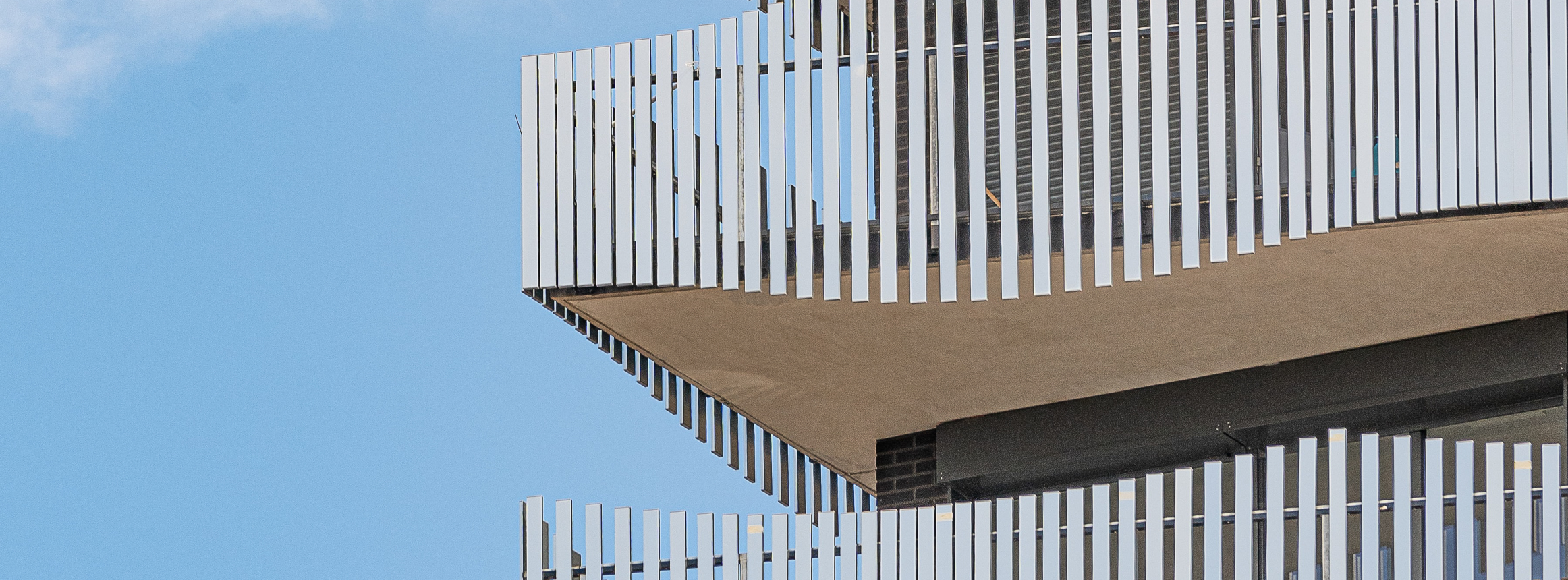In the Middle Ages, it was mainly farmland that covered the future arrondissement. This area includes 3 villages: the most populated Charonne, Belleville and Ménilmontant. The Château de Ménilmontant (also known as the Château de Saint-Fargeau) occupied almost a quarter of the present-day arrondissement. The Belleville cemetery was created in 1808 in the former grounds of the château. In the 18th century, the discovery of a layer of gypsum led to the opening of numerous quarries. The erection of the Fermiers Généraux wall in 1785 placed what is now the 20th arrondissement at the gateway to Paris, allowing these villages and suburbs to grow rapidly in a tax-free zone. The guinguettes opened en masse, and craftsmen and workers who left Paris for economic reasons found a suitable place to stay.
Following the closure of the last cemetery in inner Paris in 1780 (a ban on cemeteries in the city), Napoleon Bonaparte decreed in 1804 that numerous cemeteries be built on the outskirts of Paris. After regular extensions, Père-Lachaise covered 44 hectares in 1850 and contained 70,000 graves. Meanwhile, the village of Charonne saw its population explode from 800 in 1822 to 17,000 before it was incorporated into Paris at the same time as the entire arrondissement (Thiers enclosure). Industries developed between 1890 and 1960, including furniture and cabinet-making, sawmills and wood and food warehouses…The transformation towards service activities (in the building industry in particular) began in 1950.

 Choose an arrondissement
Choose an arrondissement










